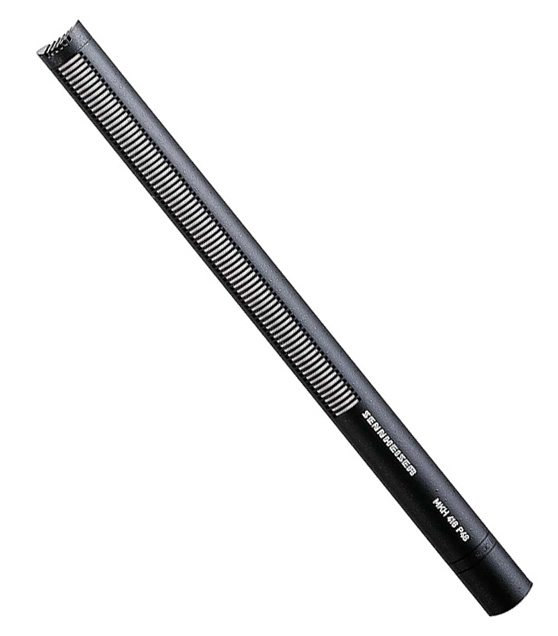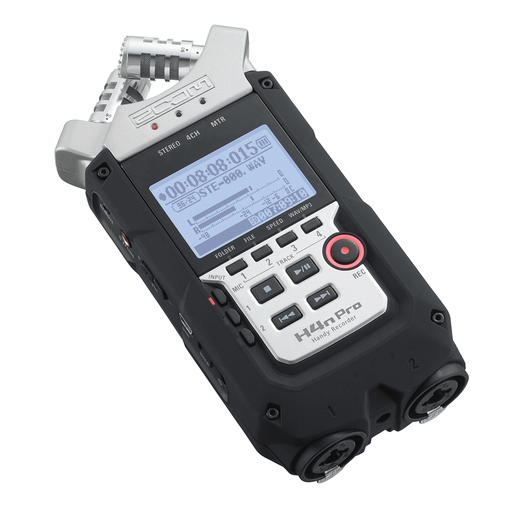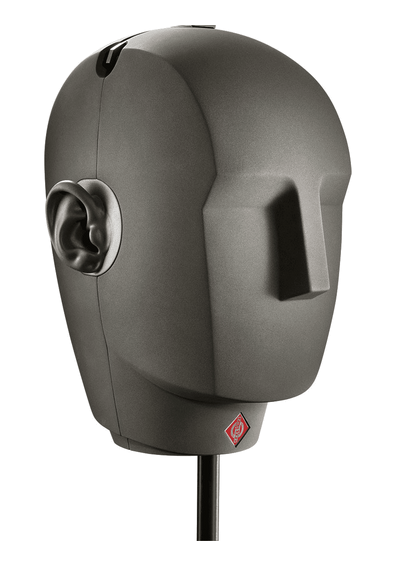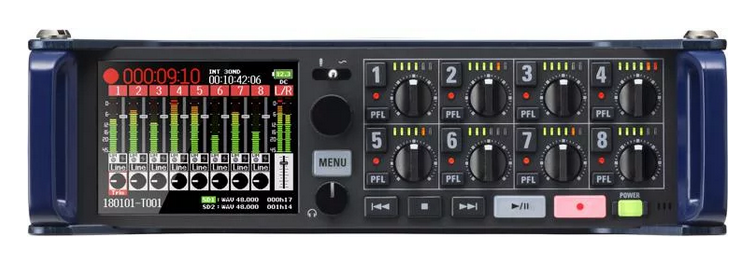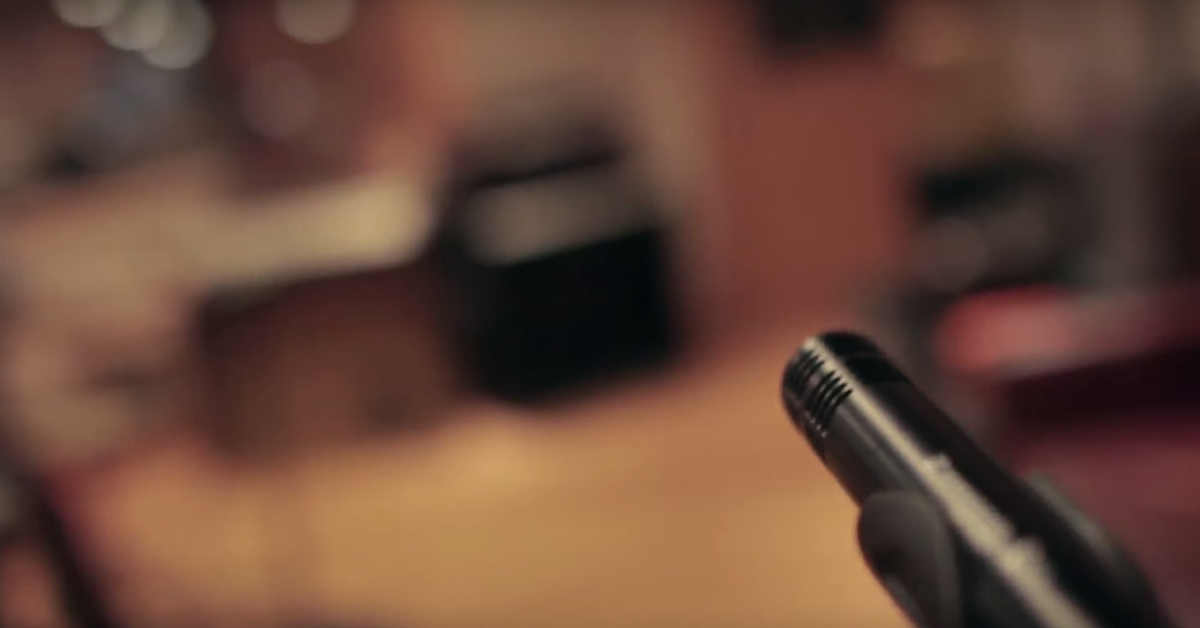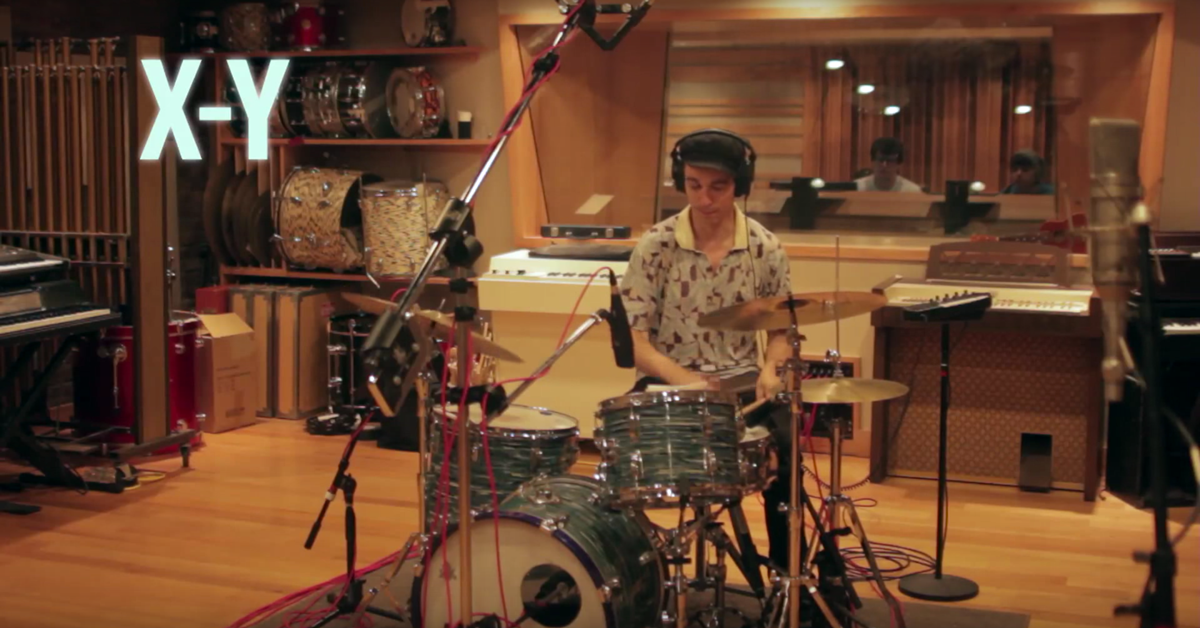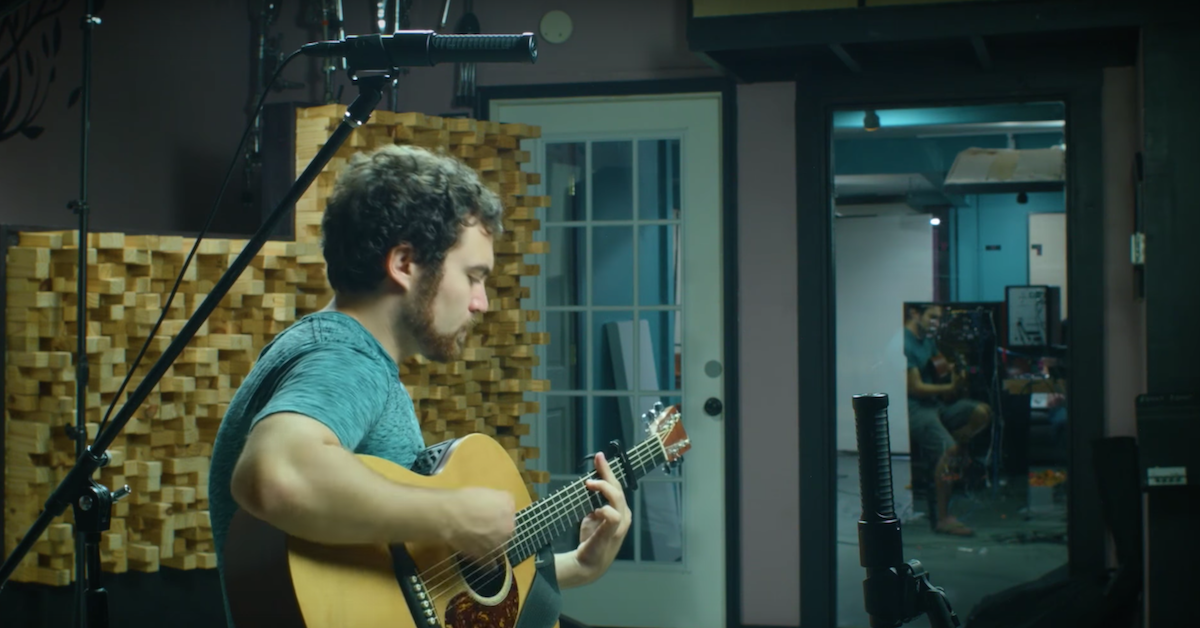A Guide to Field Recording: Location, Hardware, Software & More
Article Content
Field Recording
The world is full of sounds and the vast majority are completely license-free. As a producer or composer, it would be a waste to ignore all these vibrating resources. So in this article, I explore field recording which as the name implies, are recordings made in the field, in the world, and not in the controlled environment of the studio. This context presents some challenges that need to be addressed and dictates specific equipment requirements.
Challenges
Weather
Outside of the studio environment, you are at the mercy of the elements. Weather is a factor that must be reckoned with and while forecasts for precipitation can be quite accurate, no one can predict what the wind will be like at the specific place you may find yourself. Extreme temperatures require a lot more preparation and intimate knowledge of the operating tolerances of your particular equipment.
Noise
And by this topic, I refer to the unwanted sort. Extraneous sounds that may interfere or overwhelm the specific sound you’re trying to isolate and capture. This is easily done in the studio, but in the field, whether we are considering an outdoor space or an acoustically untreated interior space, there is a degree of unpredictability that must be mitigated.
Power
Without access to AC power, we need to be prepared with plenty of extra and double extra batteries. Since you have probably driven to the location, you can make use of your car for charging battery supplies that become depleted — given you have the correct adaptors to do the job.
Access to Equipment & Supplies
You need to assume there will be no accessible music stores or rental companies where you could easily find replacement cable, battery, SD card, etc. That means you should bring everything you can possibly think of with you on a field recording trip, and in the best scenario, two of everything.
Equipment List
Below is a list of equipment and accessories you might consider:
- A variety of Microphones – more on this later.
- Cables – long, short, and several extras.
- Long Power Cable and Two Power Strips – just in case you have access.
- Batteries and Extra Batteries – for all your devices (Lithium batteries are great for extended duration.)
- Boom Mic Stand(s) – a mic stand is essential if you want to activate a sound source using both hands and it can also act as a make-shift Boom pole if needed.
- Sound Activators and Exciters – these can be drum sticks, mallets, bows, metal rods – anything that can be used to start an object vibrating.
- Gaffers Tape – it’s great to have professional quality tape of various widths.
- Clamps – various size spring clamps are great for securing a mic on an object if needed.
- Zeppelin and/or Fuzzy – this is essential to capture sounds without wind noise, which can ruin a recording.
- Portable Digital Recorder/Field Mixer – there are several of these available in a wide range of prices — more on this later.
- Laptop Computer and Audio Interface – even if you are using a portable recording device, it would be good to periodically check your recordings to make sure nothing unexpected is happening — you may not get a second chance.
- Portable Hard Drive – to back up the recordings.
- Circumaural Headphones – this is the only way to monitor what’s being recorded so be sure to use a decent pair of studio-quality phones.
- SD Cards and Extra SD Cards – while you can get a card that will record hours at a high sample rate and bit resolution, they can become corrupted, making the data inaccessible — so always have at least one extra. I once lost an hour of material because I pushed my battery a touch too far and the device turned off in the middle of recording, rendering everything on the SD unretrievable. That was the first and last time I made that mistake.
- Instruments – it might be nice to hear what your trumpet sounds like in a tunnel or canyon.
- Clearance Release Forms – these can be useful to get legal permission to use the sound of a person you might intentionally or inadvertently record.
- Notebook and writing implement – it is useful to document the place where something is recorded, the equipment and settings used, and anything that is particular to that sound.
- Camera – taking pictures of a particular recording setup is useful for recalling how a sound was recorded should you choose to replicate the situation in the future.
Types of Sounds
All sounds are fair game, and as you start to work with things you’ve recorded, you will begin to imagine what will be useful to you based on your personal workflow and the nature of your creative endeavors. So using the broadest definition of field recording, that being any space outside of a recording studio, here are some possible places that imply access to myriad vibrating bodies.
Personal Spaces – Any room in your house or apartment that is not acoustically treated. Kitchens and bathrooms are the obvious choice but don’t forget the garage, basement, attic, hallway, outdoor shed, etc. All of these places have particular acoustic possibilities and space-specific objects that can yield great sounds.
Nature Environments – For the sounds of trees and wildlife. Also, the acoustic properties of a cave or canyon are rich with possibility. Rocks, sticks, water, grass — everything can vibrate or make something else vibrate. One thing I’ve found in nature is that birds are everywhere, which is great if you want to record them. But if they are not the main subject, you will spend a lot of time editing them out. A night recording can sometimes solve this issue since there are far less bird sounds at night. But then crickets, frogs, etc. Sometimes acceptance is the key to happiness.
Urban Environments – Offer a wealth of beautiful sounds if you take the time to listen. I have written several pieces based on the sounds of social protests, parades, and public markets. It is especially interesting to compare the differences between these sorts of places in different countries. An urban auto junkyard is a literal goldmine for sound!
Transportation Sounds – Trains are an incredible source of material when recording both inside and outside perspectives. The sounds of train stations and airports offer a unique sonic portrayal of people in motion or preparing for motion.
Found Sounds vs. Recordist Instigated – Some sounds go about their business whether you are there or not. You may simply happen upon them. Having quick access to your device is essential to capture those one-time transient moments. Sounds instigated by the recordist can be more planned out in terms of mic choice and placement or the method of activation if an exciter is used. This also offers an opportunity for experimentation and recording the same sound in a variety of ways.
Microphones
Microphones are the key player in the recording process. Literally any mic can be used in the field, but some are particularly useful:
Shotgun Mics are highly directional, offering great side rejection. Good for pinpointing a sonic location when you’re not concerned with ambience as much.
XY condenser mics are often available on portable devices. They provide a good method of creating stereo recordings of ambient environments, but can also be used for close miking when needed.
Binaural mics create a realistic recording of spaces by mimicking the biological aspects of the human head and the HTRF (Head-Related Transfer Function). This is related to the interaural time and intensity differences that occur based on the acoustic shadow of our heads and the way we use our ears and brain to locate sounds in space. The Neumann Head is a well-known binaural recording device that is cost-prohibitive for most recordists.
But there are less expensive options that can yield outstanding results. My first field recording setup included a set of Soundman binaural mics that resemble earbuds. Not only can they capture excellent binaural recordings, but they are covert, and perfect for those circumstances when you don’t want to call attention to your recording activity.
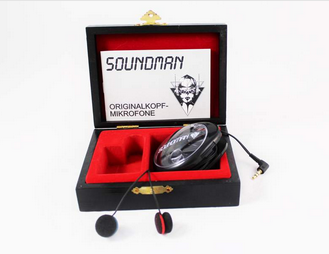
Contact mics come in a wide array of types and sizes and can be attached to anything that vibrates. They are incredibly useful for all sorts of circumstances. They are inexpensive to buy and easy to make if you have soldering skills.
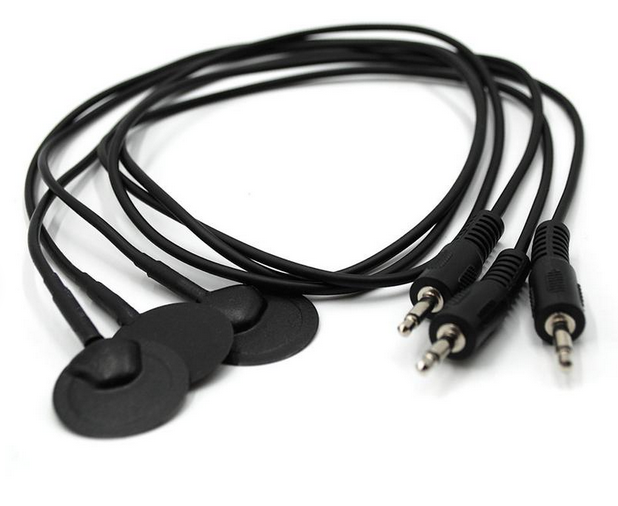
Hydrophones for recording underwater … enough said.
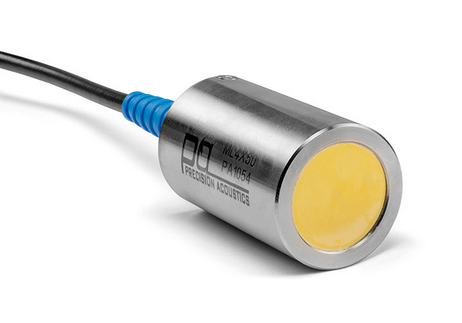
Ambisonic Mics are now being widely used for commercial purposes and virtual reality applications. The recording device needs to be capable of properly formatting the file which will have at least four discrete channels. But many affordable recorders including the Zoom F8N now have this capability, and the mics themselves, once cost-prohibitive have become more and more accessible.
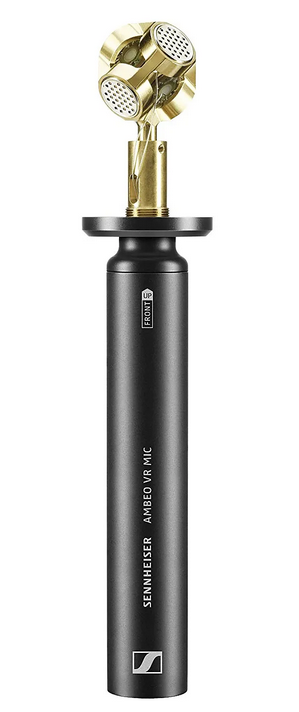
Dynamic Mics like the workhorse Shure SM57 are always good to have on hand, especially for very loud transient sounds you may come across.

Field Recorders
There has been an explosion of portable digital recording devices over the last decade so it is really a buyers market right now. Decent stereo recorders can be had for a few hundred dollars. As you go up in price point, you’ll get better preamps, more channels, ambisonic encoding capability, etc.
For entry-level, I would suggest these minimum specifications:
- Ability to record at 96k Sampling Rate and 24-bit Resolution
- Ability to record stereo with built-in mics
- At least two combination XLR/1/4” inputs for external mics with 48V phantom power
- Ability to mount on a mic stand
There are many devices with these attributes. One tried and true device that fits these requirements is the Zoom H4N (pictured above) More sophisticated devices are pictured below.
Accessories
Zeppelin and Fuzzy – One of the best investments I’ve made over the years was for the Rycote Super-Shield Kit (wind-shield and shock mounting system). It houses my Sennhesier 416 Shotgun mic and provides excellent protection from wind noise and incidental vibration. But whatever your situation, you will be thankful that you have some way to deal with wind when you need it most.

SD Cards – come in a variety of storage capacities. I suggest getting several large capacity cards with the fastest access speed you can afford since slower cards can take several minutes to boot up which can be frustrating.
Editing & Implementation
Waveform Editors & Samplers
Once you’ve captured your sounds and are back in the comfort of your studio, you can begin to explore the potential of what you’ve recorded. I find a waveform editor to be highly useful for this purpose. You can import the recording and look at a visual representation in terms of the waveform, sonogram and spectrograph.
From there you can fragment and dissect the recording into useable chunks, tweak those sounds and export for use. The typical destination for these sounds would be your sampler of choice or virtual drum rack. Most DAWs will have a stock sampler or drum designer that allows you to import your own sounds. It is important to have sounds tweaked and ready to import in terms of level, fades in and out, or seamless loop points depending on the context and how you plan to use the sound. That is why a waveform editor is particularly useful. I am a fan of Adobe Audition, but there are many others.
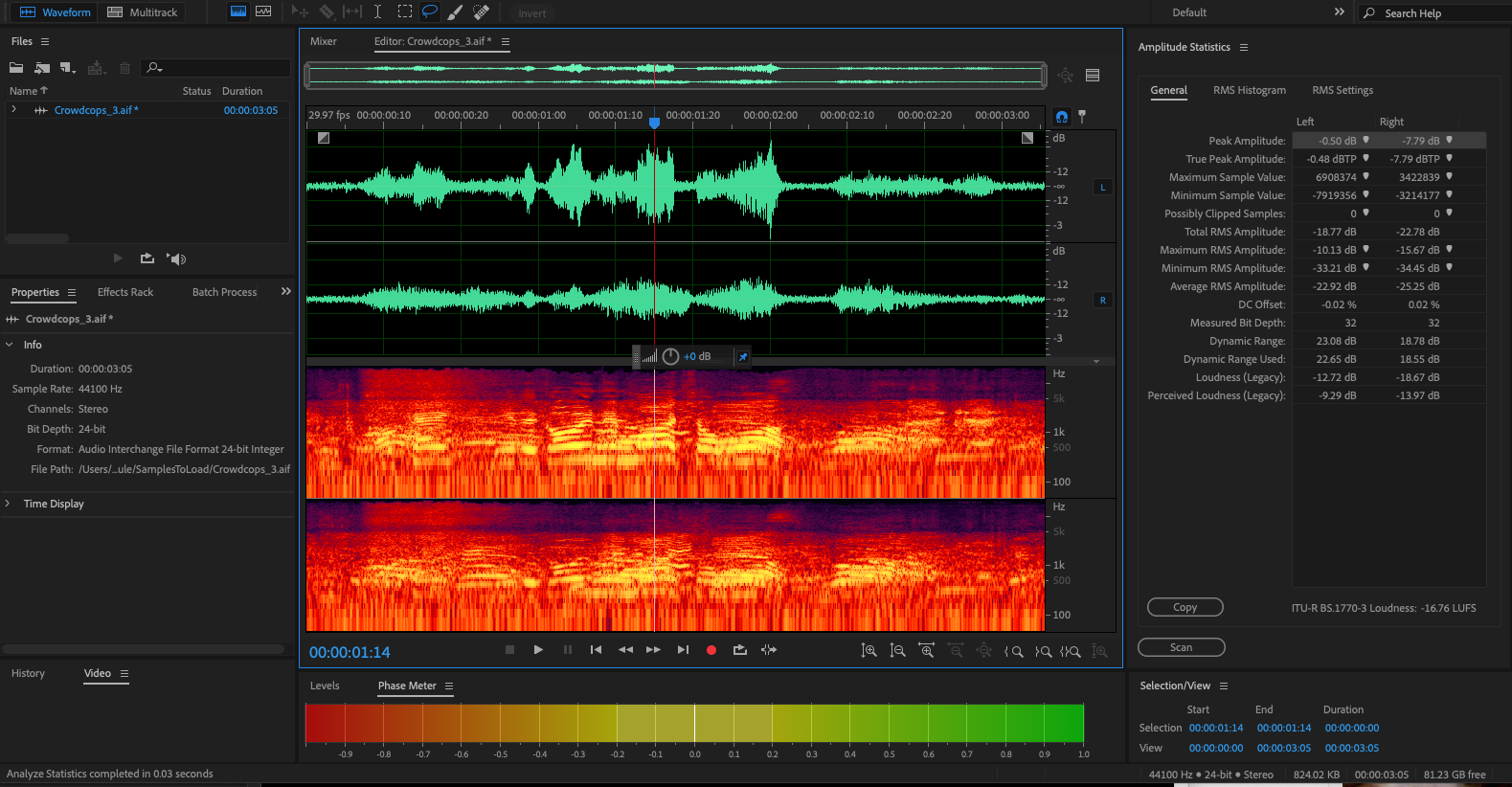
Another set of extremely useful tools is the iZotope RX 7 Post Production suite that includes a variety of noise reduction and sweetening plugins ideal for the surgical tweaking of field recordings.
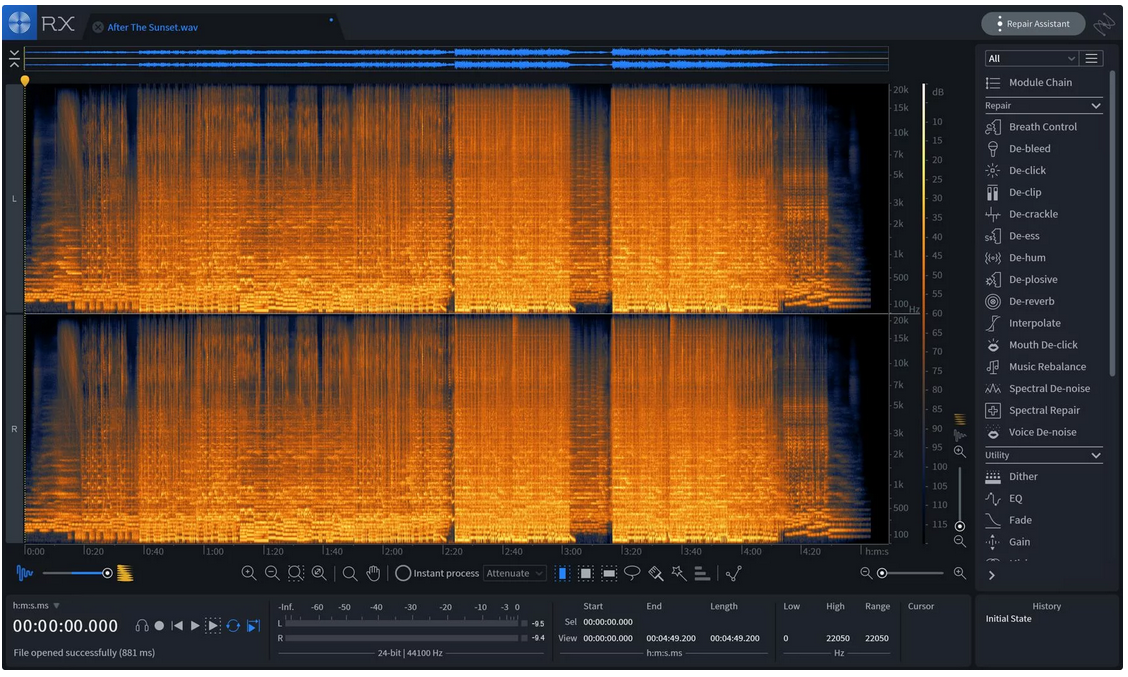
For more on waveform editing, this article may be useful: “The Fundamentals of Waveform Editing”
Applications & Career Path
Capturing sound in the field has its own rewards for recordists that appreciate sound in general. While unaltered field recordings are part of a specific genre on their own, this sort of content can be used for creating a wide variety of experimental and contemporary music, and any musical project can take creative advantage of sounds recorded in the field. As the recordist, you can all but guarantee the sounds are unique and derived from a personal experience that can never be completely replicated.
Other career paths that require and reward expertise in field recording include: production sound for film and television, nature field recording for documentaries, producing sound effects libraries and sampling instruments for commercial distribution, and sound effects production for gaming.
Conclusions
John Cage’s landmark piece, 4’33”, that premiered in 1952 changed forever the way composers and listeners think about sound and music. He opened our ears to the possibilities of what can be considered music and the potential beauty of sound in all its forms. Field recording allows us to tap into the sonic world that surrounds us and gives us the license to welcome this content as a means of enriching our creative work.
Check out my other articles, reviews and interviews
Follow me on Twitter / Instagram / YouTube


